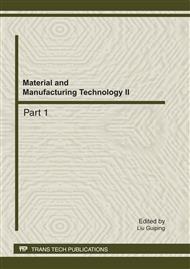p.138
p.142
p.147
p.152
p.158
p.163
p.168
p.173
p.177
Automatic Classification of Dayside Aurora in All-Sky Images Using a Multi-Level Texture Feature Representation
Abstract:
In this paper, we propose an aurora classification method using a multi-level feature representation aimed to capture both global and local texture information, and to reduce the feature space dimension substantially. First-order and second-order statistics are computed for an input image and its low-frequency scaled images at three lower levels obtained using wavelet decomposition. The features include gray level distribution, co-occurrence matrix features, and run-length matrix features. A support vector machine (SVM) classifier was trained and tested on a Chinese Arctic Yellow River Station dayside aurora image dataset. Classification performance was evaluated and compared with those of k-nearest neighbor (KNN) classifiers and back-propagation neural networks (BPNN). To explore the possibility of using a smaller feature space, we used a Minimum-Redundancy Max-Relevance feature selection strategy. The result shows that there is only indistinct performance decrease by reducing the feature vector from a total of 88 to the most discriminatory 38 features. This proves that our multi-level feature representation is very robust.
Info:
Periodical:
Pages:
158-162
Citation:
Online since:
September 2011
Authors:
Price:
Сopyright:
© 2012 Trans Tech Publications Ltd. All Rights Reserved
Share:
Citation:


